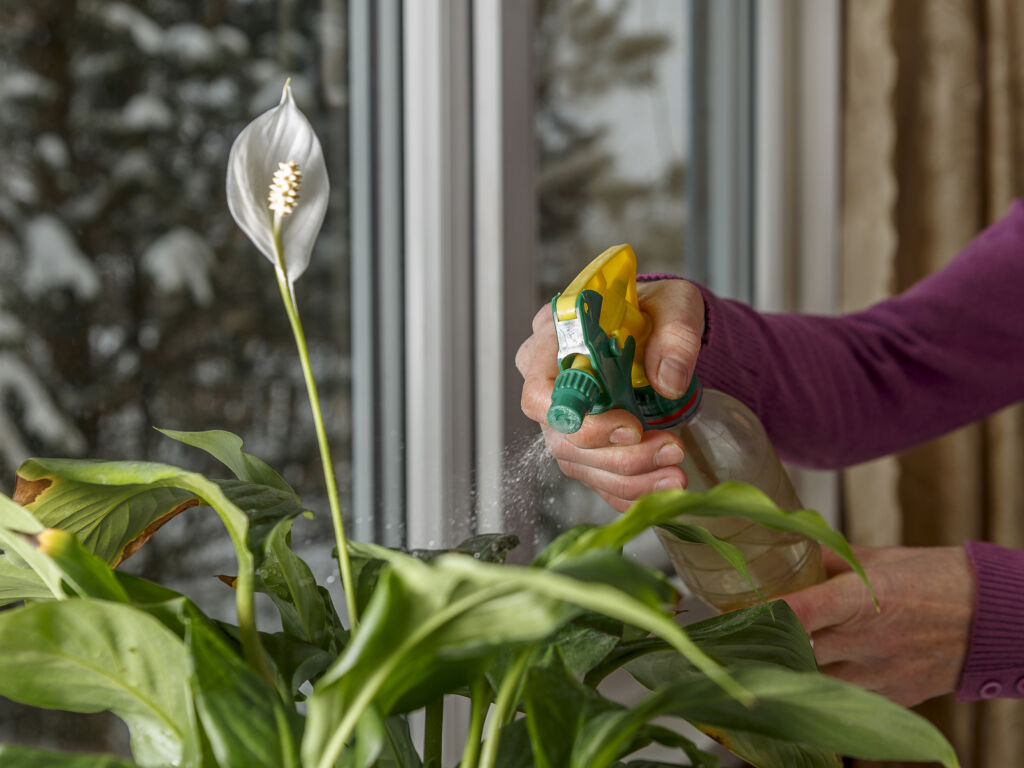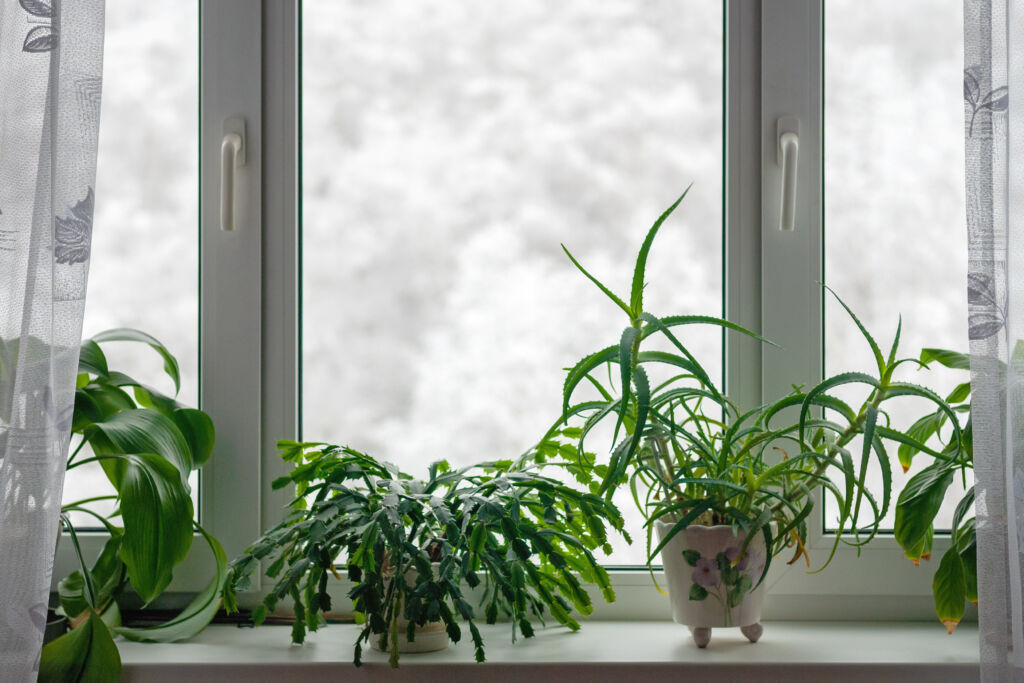HousePlantJoy is supported by our audience. When you purchase through one of our links, we may earn a small affiliate commission. As an Amazon Associate I earn from qualifying purchases. Your cost is not affected.
==================
Things Consider In Winter Houseplant Care
Why Winter Houseplant Care Is Necessary
Watering Tips For Winter Houseplant Care
Using Fertilizer For Winter Houseplant Care
Have Enough Light For The Winter
Control Indoor Humidity In Wintertime
Replant Vegetation Before Winter
Set The Temperature
Acclimate outdoor plants to prevent transplant shock. Aside from leaving them underneath the shade longer, look for colder spots too. Reduce the hours they spend exposed to sunlight a month or more before winter arrives. From 6 to 8 hours, for instance, you can make it 4 to 5 hours. Group your plants when winter comes and they are inside. After all, them together means setting a warm environment for them.
Pruning As Part Of Winter Houseplant Care
When it gets freezing, pruning is crucial. It helps remove unwanted and dead branches or leaves. Aside from that, it’s what can get rid of excess or undesirable roots too. Yet you might want to time your pruning right. That is to say, you should try not to cut too early. Doing so may cause harm by cutting off buds. Late in wintertime, it’s ideal to cut since in that way plants have lower chances of having problems. Cutting ends get invaded by insects and microorganisms that cause infections and diseases. So pruning right is also an essential part of winter care for indoor plants.
It’s essential to focus on getting rid of dead parts before anything else. These sections of plants indoors aren’t useful anymore and can be harmful when left alone. Thus taking them out causes no serious issues. Begin with those affected by snow or ice. Think about how they’re going to grow when spring comes too. So you need to make sure that you won’t cause lasting damage to plants while pruning.
Be Familiar With Hardy Indoor Plants
Not all plants can withstand freezing temperatures without sunlight. So it’s understandable why many are best left outside even during wintertime. Yet some can manage to thrive in cool areas with low humidity and sunlight. Be familiar with these to know which ones are best to have inside during frosty weather.
The usual examples of hardy houseplants are succulents and cacti. It’s because they keep a lot of water in them. In that way, they can take intense warmth and freezing temperatures. After all, they are the ones that don’t turn dry right away. Thus they are also low-maintenance houseplants. Others with similar features are spider plants, philodendrons, and arum ferns. Orchids and bromeliads are flowering houseplants that can make it through winter too. They can manage in a low-light setting or with partial shade.
Are Your Plants Ready for Winter?
We’ve mentioned some of the most helpful winter houseplant care pointers. Yet remember that each plant has its special requirements. Hence, you may need to make adjustments to make your plants manage the winter. For the most part, houseplants in frosty weather get the same treatment. They need direct or artificial light and get reduced water plus fertilizer. Since the days are shorter and it gets colder, care changes are necessary. So learn to adapt as plants will do the same. Thanks for reading, and happy planting!










